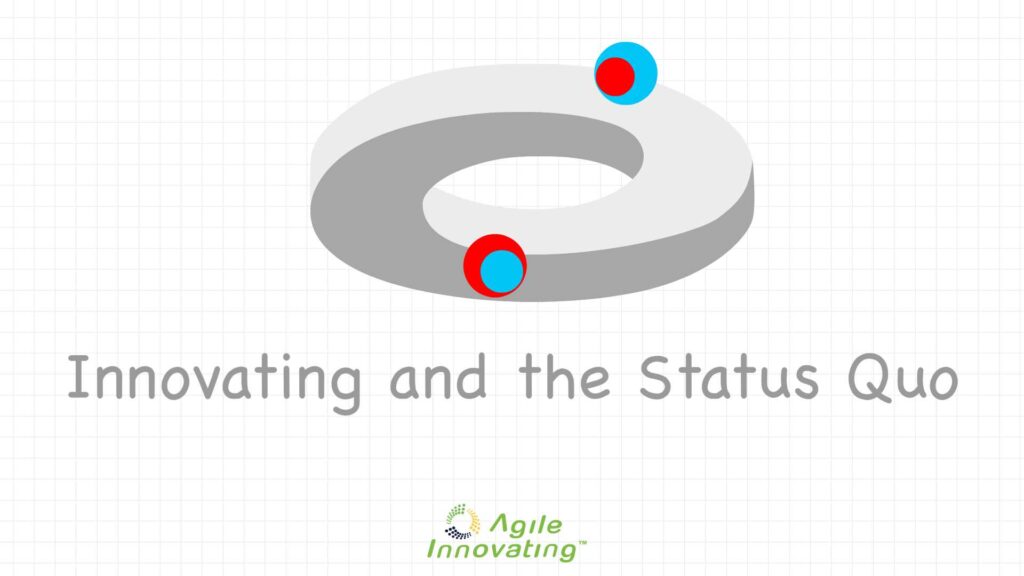
𝘐𝘴 𝘺𝘰𝘶𝘳 𝘚𝘵𝘢𝘵𝘶𝘴 𝘘𝘶𝘰 𝘴𝘶𝘱𝘱𝘳𝘦𝘴𝘴𝘪𝘯𝘨 𝘪𝘯𝘯𝘰𝘷𝘢𝘵𝘪𝘰𝘯?
Every business leader knows that, sooner or later, his organization is going to need to innovate. “To innovate” means that the organization will need to introduce a new solution into some aspect of the business that will cause the status quo to change. The new solution, if it is accepted and causes the desired change, is an innovation. 🌟
Changing the status quo in some aspect or area of the business can be a daunting task. The status quo is the most desired state of business operations because it is comfortable. It probably isn’t perfect, but the requirements are known and accepted.
The status quo allows the organization to focus its efforts on execution. Focusing on execution, over time, yields stability of performance and business results. Stability is the panacea of business leaders. It’s what allows them to sleep at night.
Changing the status quo means that the organization is going to become uncomfortable. This organizational discomfort with change is what generates a bias to the status quo, the dynamic friction that that accumulates to resist change.
Leaders of successful change initiatives recognize this human dynamic. They know that successful change initiatives start with making the organization uncomfortable with the status quo. They also know that successful innovating involves helping the organization become comfortable with the changes that are the basis of a new status quo.
This combination of making the organization uncomfortable with what it is comfortable with (i.e. the status quo), and helping the organization become comfortable with what it is uncomfortable with (i.e. changing the status quo), is the foundation of successful innovating.
